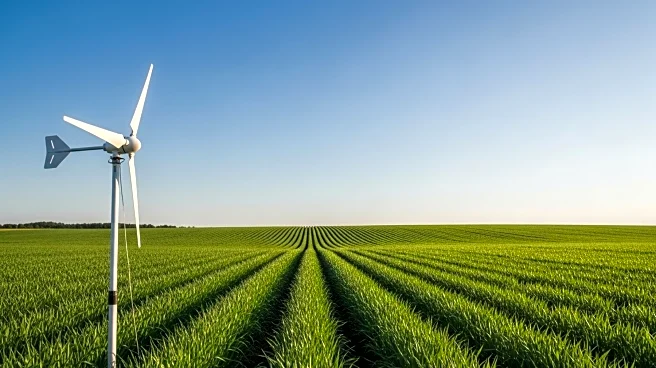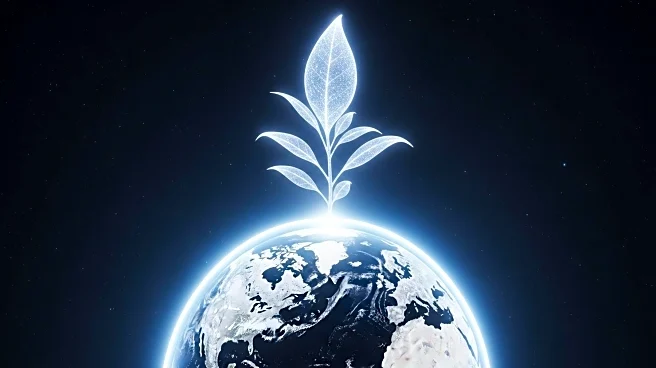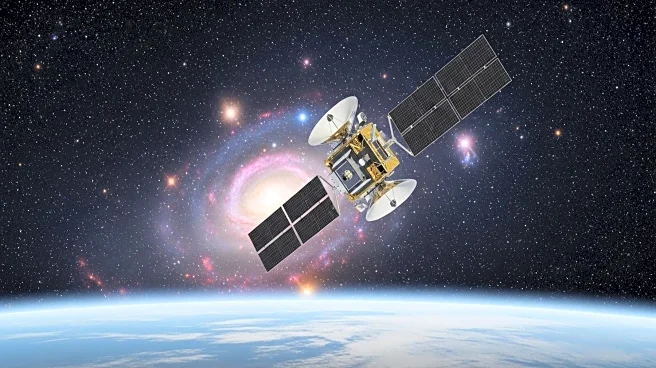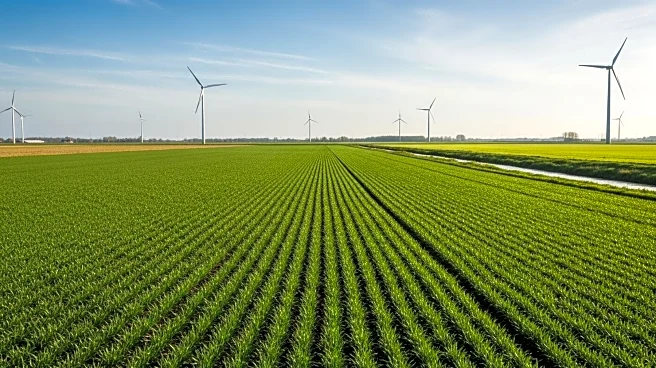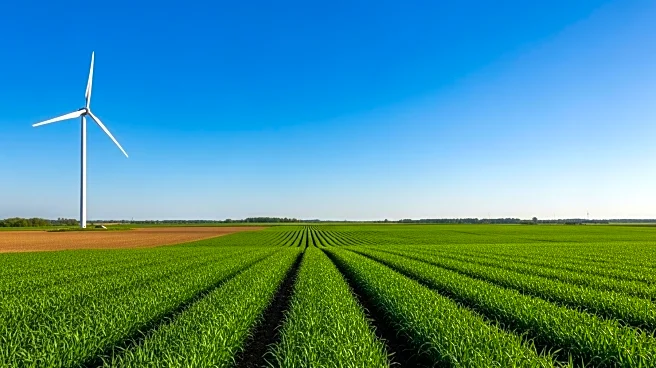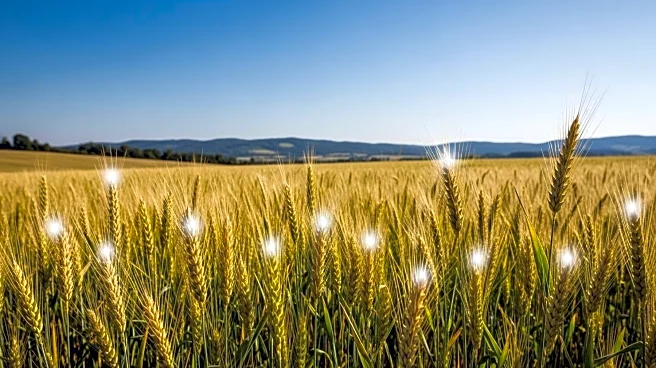What is the story about?
What's Happening?
The carbon farming market is anticipated to grow significantly, reaching $330.01 billion by 2032, with a compound annual growth rate (CAGR) of 14.29% from 2025 to 2032. This growth is driven by key players such as Vayda, Terramera Inc, Indigo Ag, Nori, Soil Capital, Agoro Carbon Alliance, Carbon Sequestration Inc., Regen Network, Agreena, and Rabo Carbon Bank, who are focusing on strategies like new product launches to penetrate emerging markets. Carbon farming involves sustainable agricultural practices like reforestation, cover cropping, reduced tillage, and soil management to capture and store carbon in plants and soil, helping mitigate climate change and improve soil health.
Why It's Important?
The expansion of the carbon farming market is crucial for addressing climate change and promoting sustainable agriculture. By capturing and storing carbon, these practices can significantly reduce greenhouse gas emissions, offering a potential income stream for farmers through carbon credits. The market's growth reflects increasing global awareness and commitment to environmental sustainability, with financial markets embedding climate alignment into lending and capital allocation. This shift favors companies with credible decarbonization strategies, potentially influencing U.S. industries and public policy towards more sustainable practices.
What's Next?
As the market grows, companies are likely to continue innovating and expanding their product offerings to meet the demand for sustainable agricultural solutions. The European Union's efforts to establish standards for reducing emissions in natural gas supply chains may create a differentiated market, benefiting countries with lower emissions. This could lead to increased investment in carbon farming technologies and practices, further driving market growth and environmental benefits.
Beyond the Headlines
The development of carbon farming practices may also have ethical and cultural implications, as it encourages a shift towards more sustainable land management and agricultural practices. This could lead to long-term changes in how societies view and interact with the environment, promoting a culture of sustainability and conservation.
AI Generated Content
Do you find this article useful?
